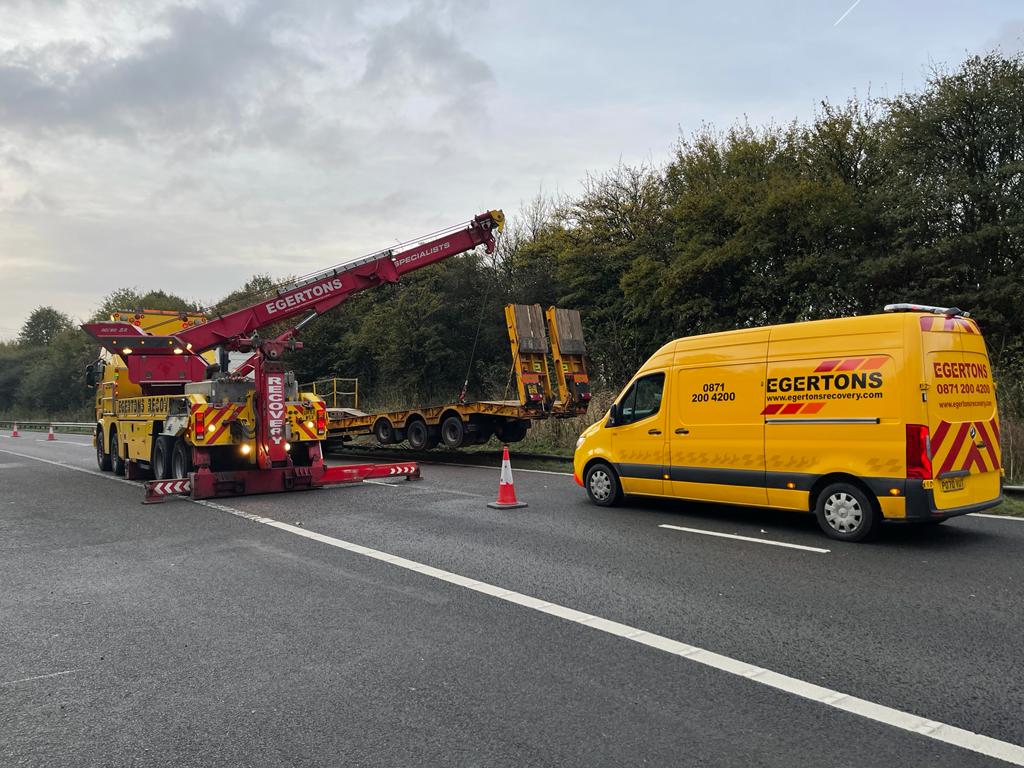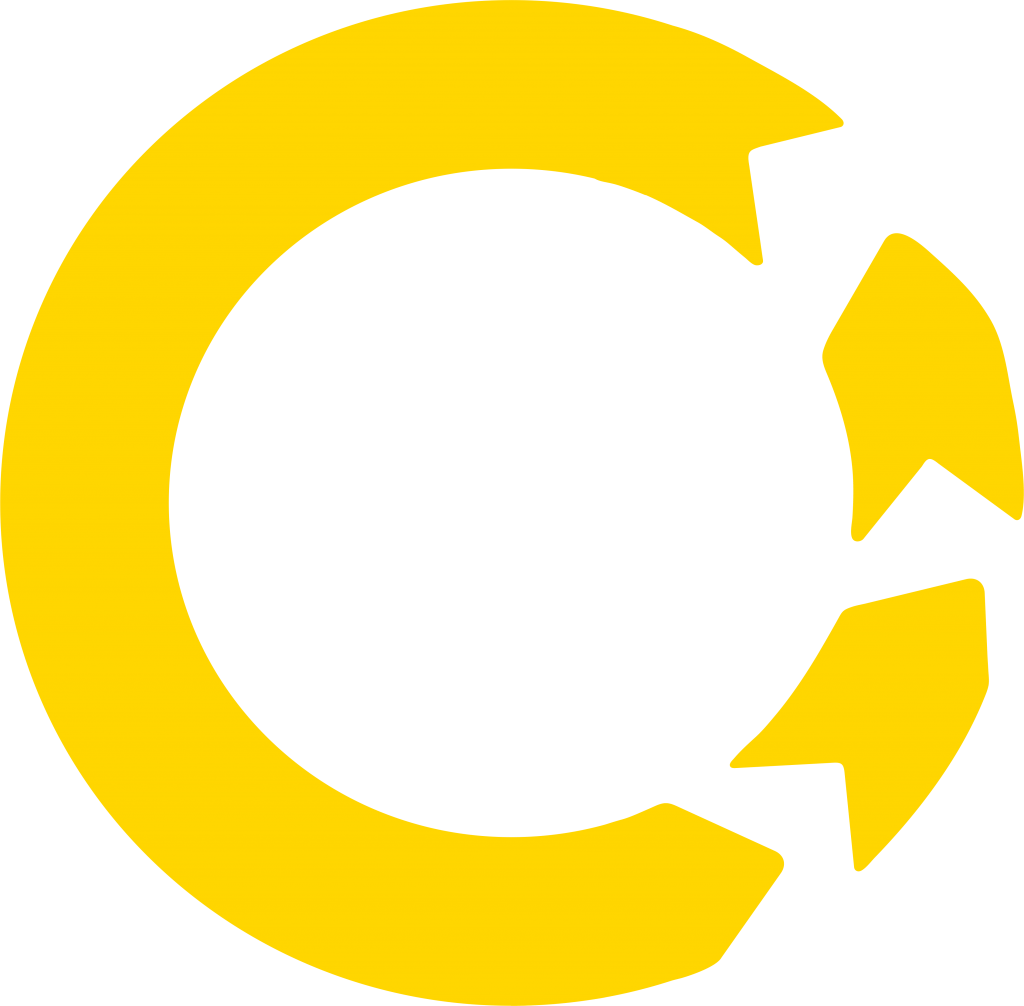Heavy commercial breakdown recovery is incredibly time sensitive, as a heavy goods vehicle (HGV) causing an obstruction on a motorway can be a serious danger to all road users.
Motorway breakdowns involving commercial vehicles pose a severe risk because of the sheer size of them obstructing busy roads, the potential deterioration of any dangerous load, and the risk of any loose debris leading to further accidents.
They are the most dangerous form of breakdown when it comes to commercial vehicles, with the latest Domestic Road Freight Statistics report highlighting that 76% of all HGV recorded accidents involved navigating motorway standstills, as well as a team to clear debris which had fallen across the lanes. As a result, when attempting a recovery, complete control of the incident needs to be maintained, ready for the obstruction to be safely cleared as soon as possible.
However, before this can be done, there are some essential steps that a driver must take.
1. Position the vehicle as far left as possible
If the breakdown reason allows enough time, drivers should aim to turn off the motorway at the next exit. If this isn’t an option, pulling onto the hard shoulder or as far left as possible is the next best thing.
Wheels should also be turned inwards to the left, signalling to other road users that the vehicle is not in its active driving positioning.
If a breakdown happens in a live lane however and cannot be moved at all, then the driver should stay inside the vehicle with their seatbelt fastened, hazard warning lights on and should call 999 immediately to alert the police.
2. Turn on warning lights
Hazard warning lights should be switched on immediately, with sidelights switched on too if it’s dark or fog lights in very poor visibility.
3. Get to safety
For fleets who operate across Europe, their vehicles may include left hand drive HGVs or lorries, which means that in the event of a motorway breakdown, the driver could be positioned differently against the heavy traffic.
No matter what, however, it’s vital that the driver only ever exits their vehicle via the left hand side closest to the hard shoulder. Then, once safely out of the vehicle, the driver must stand as far away as possible from the vehicle, so they’re safely distanced from any moving traffic. Ideally, this should be behind a barrier and up bank where possible.
4. Stay visible
For many commercial vehicle drivers, a high-visibility jacket will be a part of their standard uniform or an item in their in-cab essentials kit. Where accessible, this should be grabbed or put on before the driver leaves the vehicle to ensure they’re identifiable from the roadside even in poor visibility.
It will also help indicate the whereabouts of the driver when the rescue operator arrives on scene too, ensuring that they’re kept safe and their whereabouts known.
5. Don’t go back to the vehicle
Even during bad weather such as rain, snow or wind, it’s imperative that a driver does not return to their broken down vehicle at any stage. This includes not moving towards the rear to place a warning triangle on the carriageway, and not removing any road debris if something can be seen falling from the vehicle.
It also means not attempting to make any vehicle repairs alone, as this can put a driver in significant danger if anything goes wrong such as the vehicle leaning over, rolling or catching fire.
This may sound far-fetched, but it’s important to remember that the vehicle has broken down for a reason, and that reason may not always be visible.
That’s why no matter what, it essential that a driver performs one final step when experiencing a motorway breakdown; call for assistance.
How Egertons can help safely recover your commercial vehicle from the motorway
Egertons are one of the UK’s leading vehicle rescue and recovery operators, with services stretching from breakdown recovery to specialist assistance, available 24/7/365 service across the country.
Businesses choose us because of our sophisticated triage process, supported by our 24-hour control room, 300-strong fleet, vast range of equipment available on hand and the technology it is equipped with. This allows us to deploy the exact right vehicles, first time, helping to keep your vehicle downtime to an absolute minimum and ensure recovery takes place as safely and efficiently as possible.
What’s more, we also hold PAS 43, ISO 9001 and NNHS Sector 17 accreditations, helping to ensure that all our recoveries and repairs are completed to the very highest industry standards.
We’re the preferred vehicle rescue and recovery operator for UK fleets to rely on, no matter what.
In other words, when you need us, we’ll be right here.


